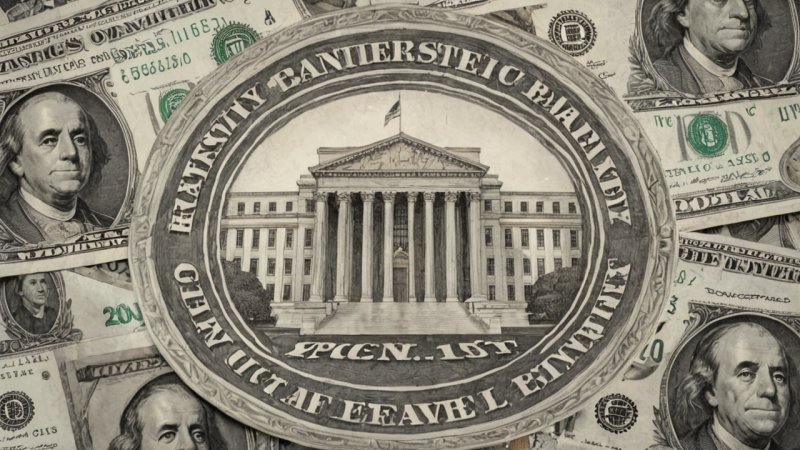Fiscal policy and monetary policy are two critical tools used by governments and central banks to influence a nation's economy. While both aim to promote economic stability and growth, they operate through different mechanisms and have distinct implications for national economies. This article will explore the key differences, advantages, and disadvantages of fiscal policy and monetary policy, providing a comprehensive understanding of how each affects economic performance.
Understanding Fiscal Policy
Fiscal policy refers to the use of government spending and taxation to influence the economy. It is typically enacted by the legislative and executive branches of government. The primary goals of fiscal policy include stimulating economic growth, reducing unemployment, and managing inflation. By adjusting tax rates and altering government expenditure, policymakers can either expand or contract economic activity.
Pros of Fiscal Policy
- Direct Impact on Demand: Fiscal policy can have an immediate effect on aggregate demand. For example, increasing government spending can lead to a direct boost in economic activity.
- Targeted Support: Fiscal measures can be tailored to specific sectors or groups, such as providing tax breaks for small businesses or increasing funding for education.
- Job Creation: Government projects funded through fiscal policy can create jobs, reducing unemployment and stimulating further economic growth.
Cons of Fiscal Policy
- Time Lag: Implementing fiscal policy can be time-consuming due to the legislative process, which may delay the intended economic impact.
- Budget Deficits: Increased government spending can lead to higher deficits, raising concerns about long-term fiscal sustainability.
- Inflation Risks: If fiscal policy is too expansionary, it can lead to inflation, eroding purchasing power and potentially destabilizing the economy.
Understanding Monetary Policy
Monetary policy, on the other hand, is managed by a country's central bank and involves controlling the money supply and interest rates. The primary objectives of monetary policy are to manage inflation, stabilize the currency, and achieve sustainable economic growth. Central banks can influence economic activity by adjusting interest rates, conducting open market operations, and setting reserve requirements for commercial banks.
Pros of Monetary Policy
- Quick Implementation: Changes in monetary policy can be executed relatively quickly, allowing for a faster response to economic fluctuations.
- Control Over Inflation: By adjusting interest rates, central banks can effectively manage inflation and stabilize prices.
- Encouragement of Investment: Lower interest rates can stimulate borrowing and investment, promoting economic growth.
Cons of Monetary Policy
- Limited Effectiveness: In situations like a liquidity trap, lowering interest rates may not stimulate economic activity as consumers and businesses may be unwilling to borrow.
- Long-Term Consequences: Prolonged low-interest rates can lead to asset bubbles and excessive risk-taking in financial markets.
- Dependency on Market Confidence: The effectiveness of monetary policy is often dependent on public confidence. If consumers and investors lack confidence, monetary policy may have limited impact.
Key Differences Between Fiscal and Monetary Policy
While both fiscal and monetary policies aim to stabilize and grow the economy, they differ in several key aspects:
- Authority: Fiscal policy is determined by the government (executive and legislative branches), whereas monetary policy is managed by the central bank.
- Tools Used: Fiscal policy utilizes government spending and taxation, while monetary policy focuses on interest rates and the money supply.
- Speed of Implementation: Monetary policy can be adjusted more swiftly, while fiscal policy often requires a longer legislative process.
Conclusion
In summary, both fiscal policy and monetary policy play crucial roles in shaping national economies. Fiscal policy offers direct and targeted interventions but can suffer from implementation delays and budgetary constraints. Conversely, monetary policy allows for rapid adjustments but may face limitations in effectiveness during certain economic conditions. Understanding the strengths and weaknesses of each approach is essential for policymakers aiming to foster economic stability and growth. Ultimately, a balanced combination of both fiscal and monetary policies may provide the most effective strategy for addressing economic challenges.






